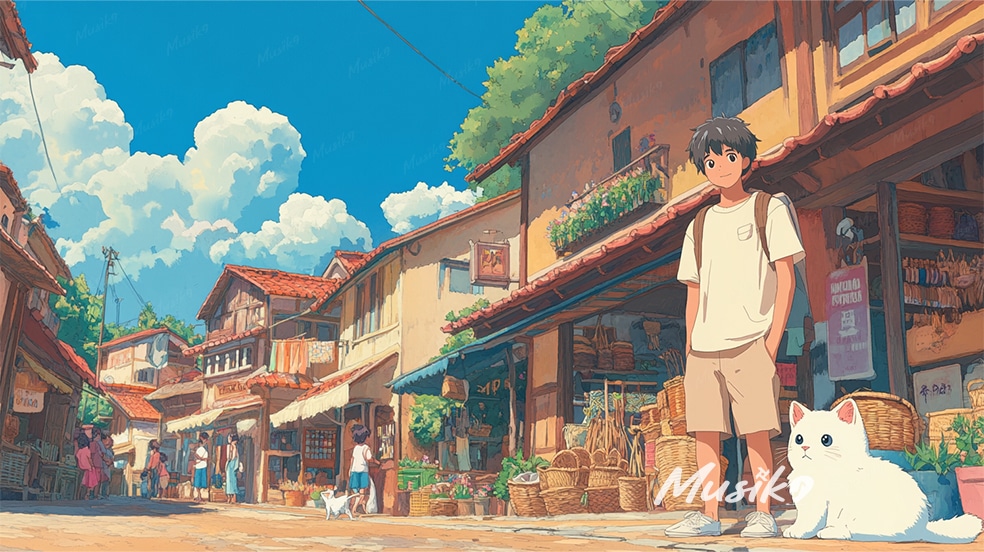Tagoloan II, Lanao Del Sur Philippines
🌄 Tagoloan II, Lanao del Sur
Welcome to Tagoloan II, a tranquil gem nestled in the heart of Lanao del Sur, Philippines. This quiet municipality might not ring a bell to most tourists, but that’s exactly what makes it so special. Untouched by heavy crowds, rich in Maranao traditions, and embraced by nature’s raw beauty, Tagoloan II offers a soulful escape into a world where time slows down and heritage lives on.
🏞️ Nature & Landmarks
Tagoloan II is cradled by scenic mountains and winding rivers. The Tagoloan River, which flows across the province, blesses the area with lush valleys and fertile farmlands. Trekking trails lead to peaceful hilltops with panoramic views of nearby towns and forested landscapes. Nature lovers and eco-tourists will feel right at home.
📸 Must-Visit Spots
While off the mainstream tourism map, Tagoloan II is a photographer’s dream. Hidden waterfalls, quiet farms, and traditional Maranao houses made of wood and colorful okir patterns are spread across the municipality. Local mosques with green domes offer a unique spiritual and architectural presence.
🎭 Vibrant Maranao Culture
Tagoloan II is a proud bearer of the Maranao culture, known for its deep sense of honor, hospitality, and artistry. Expect to see torogans (ancestral houses), sarimanok symbols, and intricate okir wood carvings in local decor. Traditional garments and royal colors still shine in ceremonies and events, keeping history alive in every thread.
🍽️ Local Delicacies to Try
Your taste buds are in for an adventure! Don’t miss out on Piaparan a Manok (chicken with coconut milk and turmeric), Dodol (sticky sweet delicacy), and Palapa (a spicy condiment made from sakurab and chili). Local families are generous in sharing home-cooked meals that showcase Maranao culinary heritage at its finest.
🎉 Festivals & Traditions
Tagoloan II joins in the celebration of Eid al-Fitr and Eid al-Adha, observed with prayers, feasts, and community gatherings. Traditional dances like the Kapa Malong-Malong and musical storytelling through the kulintang ensemble give life to their ancestral traditions. The unity and faith of the people are palpable during these events.
🎶 The Sound of the South
Music in Tagoloan II echoes the rich rhythm of the Maranao people. The enchanting kulintang gongs, agong, and dabakan drums create hypnotic patterns used in rituals and social events. Local youth also blend these sounds with modern tunes, proving tradition and creativity can go hand in hand.
🏆 What Tagoloan II is Known For
- Rich Maranao artistry and architecture
- Peaceful rural lifestyle ideal for cultural immersion
- Natural beauty from rivers to hills
- Strong Islamic faith and community values
- Traditional handwoven textiles and intricate woodcarvings








